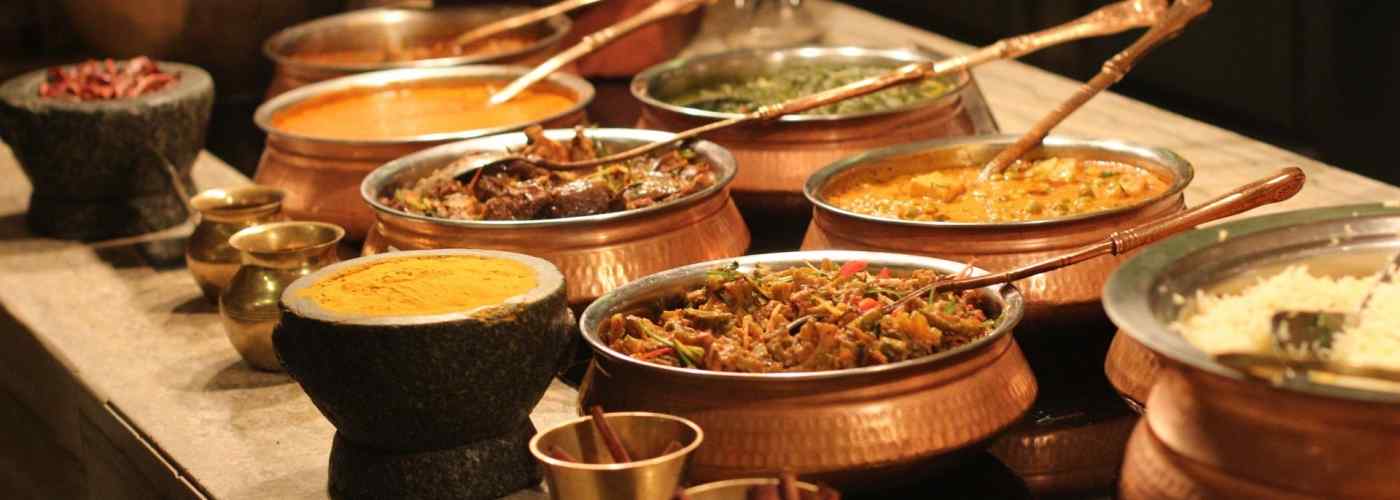
Almost every city in the Western world has a range of Indian restaurants. This is testimony not only to the vast size of the Indian Diaspora worldwide but also to the popularity of the cuisine of the sub-continent. And yet the food you encounter when you visit India may well surprise you- there is so much more to Indian cuisine than chicken tikka masala, rogan josh, and naan bread.
The majority of 'exported' Indian food comes courtesy of the rich traditions of the Mughals who controlled much of the north of the country 3-5 centuries ago. It is from this tradition that we have been gifted the legacy of (mainly) meat dishes with thick, rich gravies, served with bread. The tandoor (clay) oven also hails from these parts.
- explore the cuisines of the various regions of India — especially Tamil Nadu, Kerala, and the northern traditions of the Mughals with their Tandoori
- begin the day with iddlies, dosas, and vada is served on a banana leaf for breakfast; continue with a grand thali meal for lunch with its 6 or 8 small bowls of different preparations and endless offerings of vegetable samba and rice; snack on hot fresh samosas from a roadside stall and then indulge in a dazzling array of curries and kormas for dinner
- see and hear the bustle, and smell the aromas of the fruit, vegetable, spice, and fish markets
- cruise the beachfront seafood restaurants with the day’s catch proudly displayed
- you will never forget the experience of dining in the grand opulence of a Maharaja’s palace
In the south of India, the ingredients and style of cooking are quite different. In Tamil Nadu, rice is the staple element and the vast majority of the people are strictly vegetarian. Food is viewed as much as medicine as a form of sustenance, with each ingredient used according to its effect on the various systems of the body. Rice is a key constituent of virtually every meal. Some of the less obvious ways of serving this staple are idli (steamed rice cakes), dosa (a paper-thin pancake), and appam.
In Kerala where the population is a mixture of Hindu, Christian, and Muslim communities, beef is a part of the diet, unlike elsewhere in India. Here too the ingredients used take on a slightly different look and taste, with significant use of coconut and banana in savoury dishes. This part of India is also home to some spectacular catches of seafood and a highlight of many visits to Kerala's beachside towns is the chance to select the fish one would like to eat from a fridge stocked with the catches of the day.
Roadside vendors and snack sellers are a common sight throughout India and generally, these are safe and healthy places to eat- after all, you can watch the food being prepared right in front of you. Samosas, vadai, chaat, and many more are delicious, inexpensive snacks, and sampling them alongside the local population will bring you ever closer to life as it is lived in India.
India still has a largely rural population and a vast number of these people are involved in agriculture or horticulture in one form or another. Rice paddies dominate huge areas of fertile land in the south along with coconut palms. Higher in the hills where the climate is cooler, a massive array of spices is grown, along with some of the world's finest tea and coffee. In many places you will be able to visit plantations, view the cultivation of these prized crops and, if you wish, buy some to bring home.
Things to do in india
Top Trending Packages in India
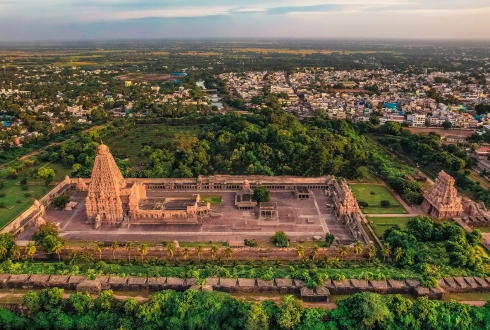
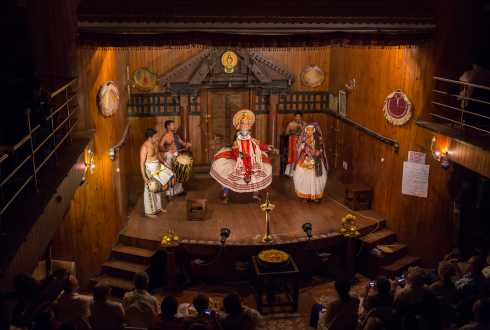
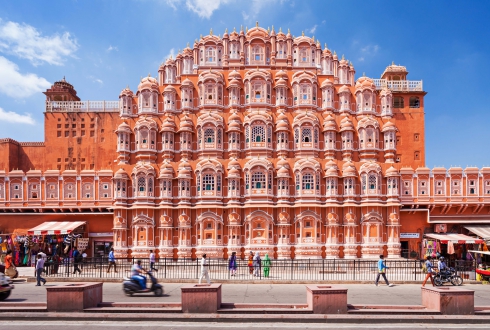
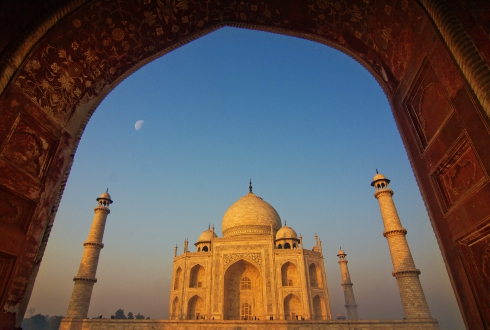
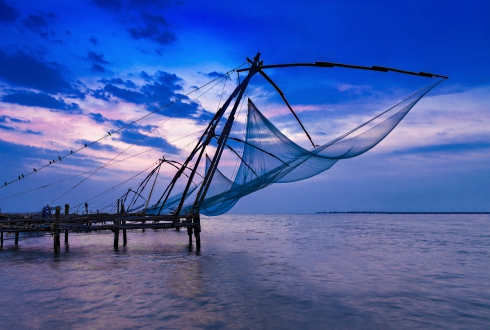
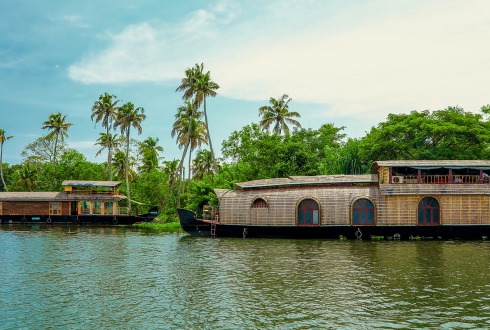
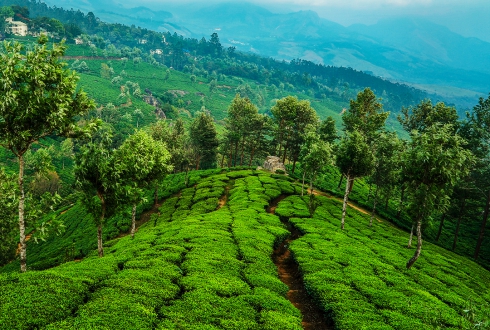
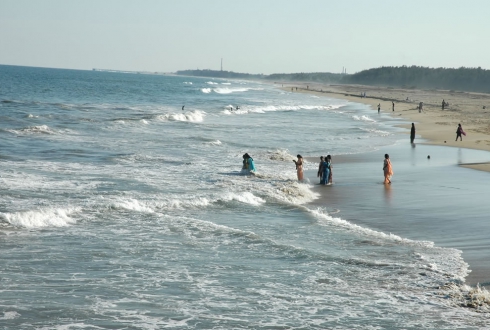
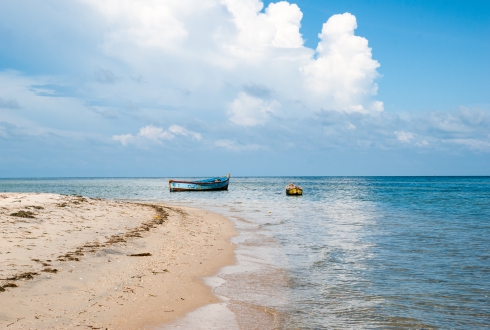
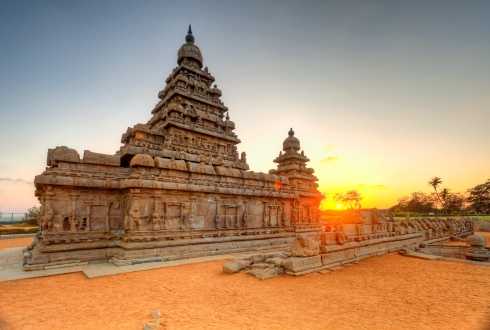
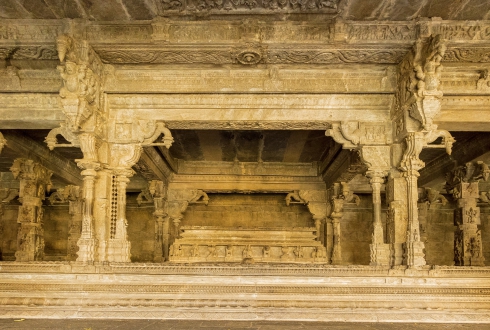
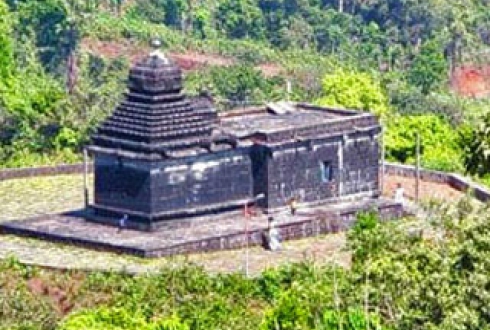
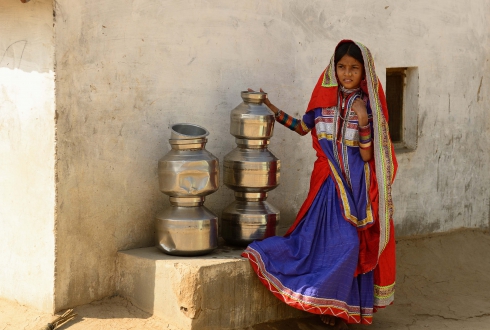
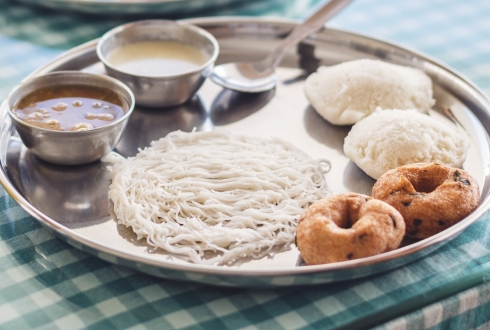
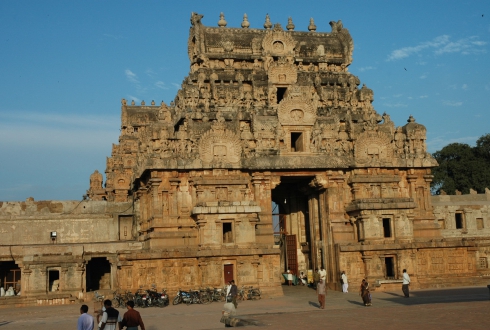
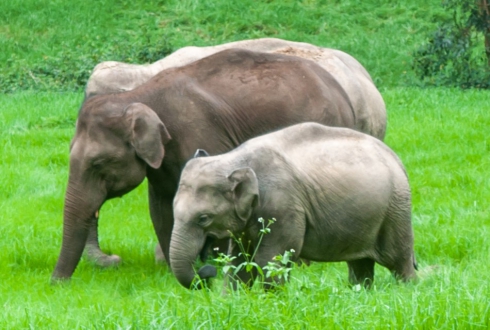
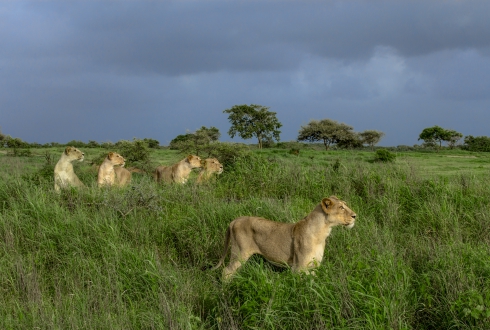
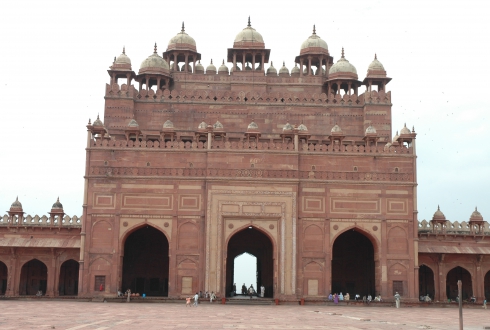
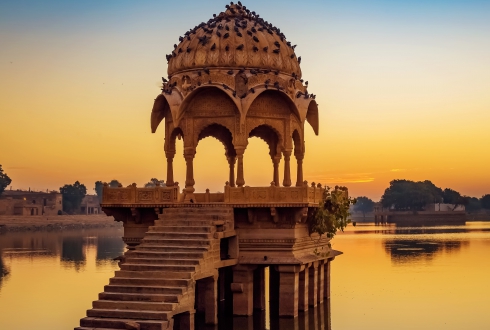
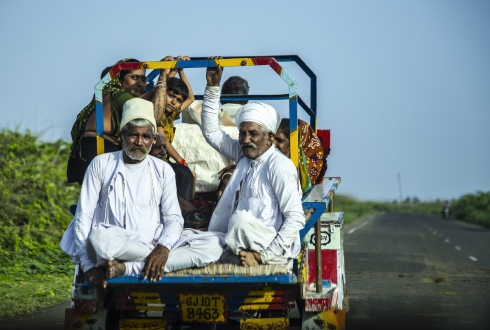
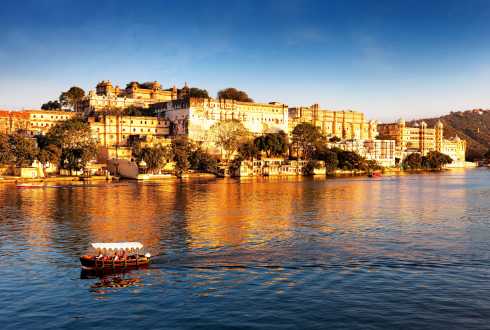
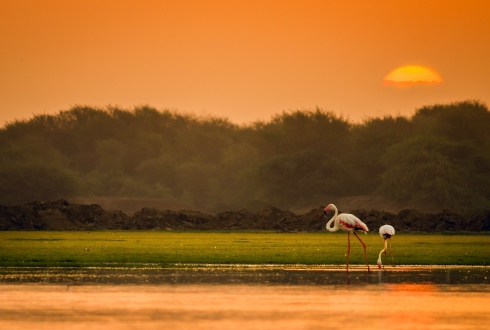
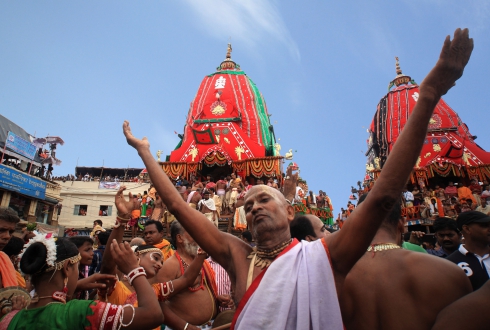
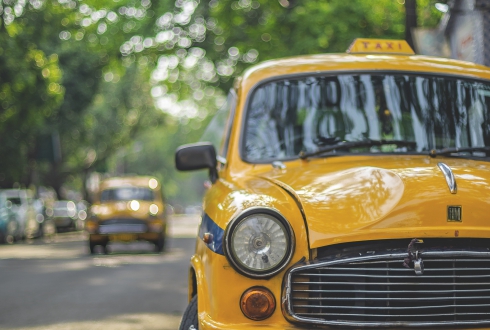
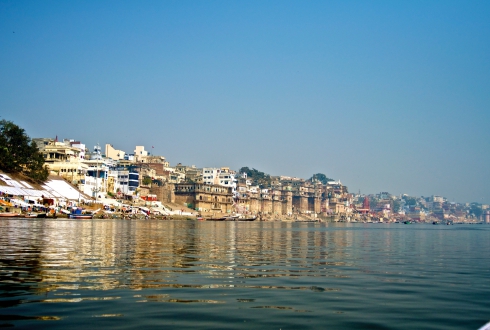
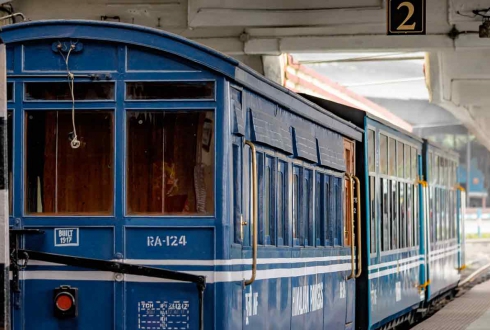
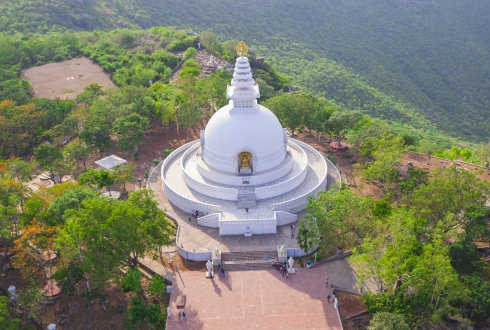
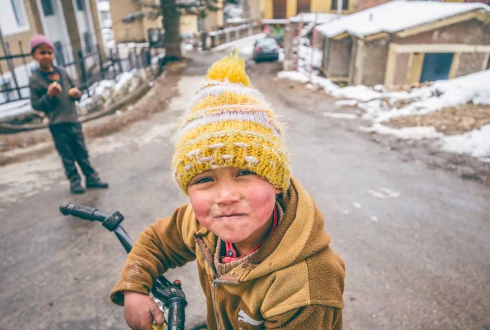
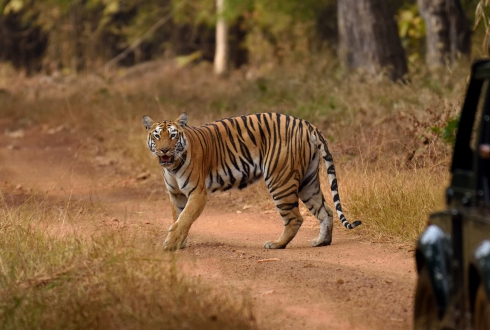
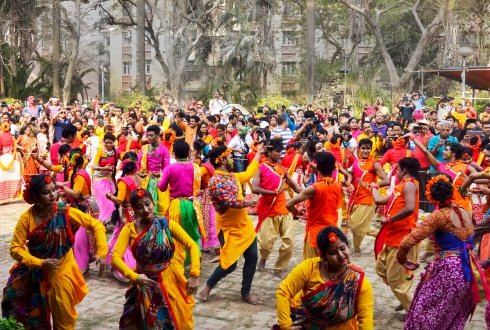
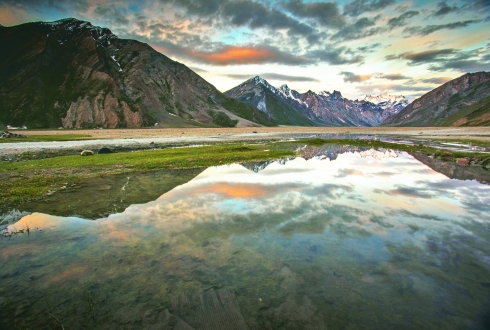
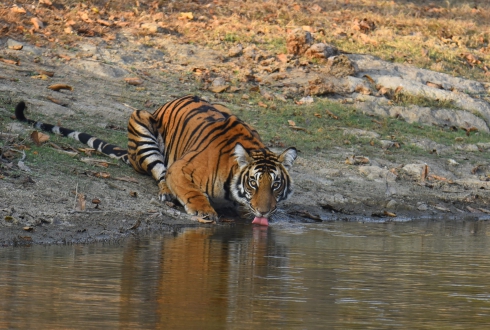
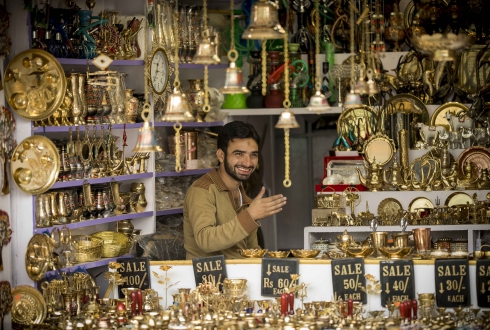
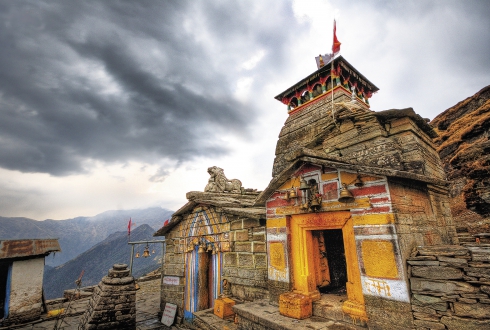
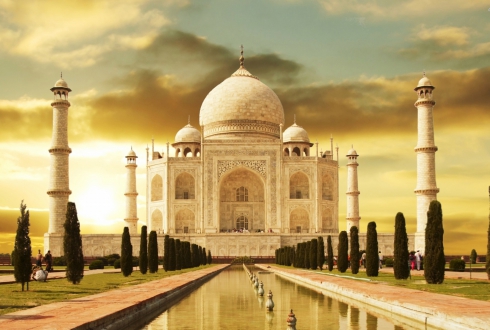
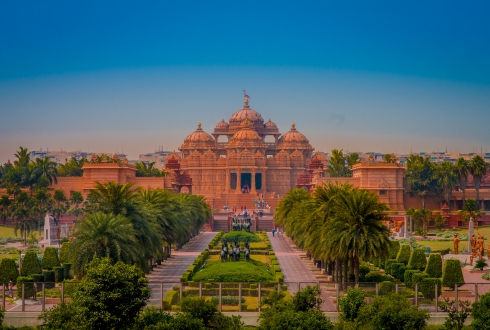
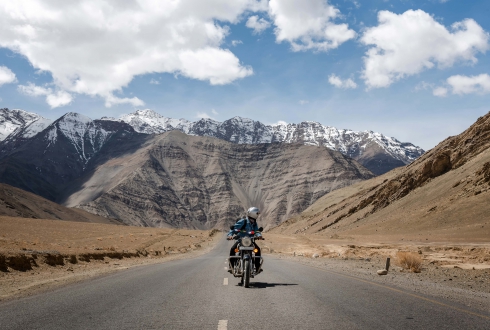

Why Indian Panorama
- Experience: Over 25 years of expertise in customizing India tours.
- Personal Touch: Every tour is carefully crafted to meet your individual preferences and interests.
- Sustainability Commitment: We actively promote and practice sustainable tourism, ensuring minimal impact on the environment and maximum benefit to local communities.
What Our Customers Say About US
we are happy about the overall experience, we will come back again .
6 th Jan 2025 01:02:56 AM
-Mr. Zuercher Giovanbattista(Sw...
very comfortable vehicle. nice driver, very helpful.
5 th Jan 2025 19:22:20 PM
-Ms. Sylvie, Véronique Lignere...
Enjoyed the trip, arrangements were done well, Will use your services ...
5 th Jan 2025 17:30:51 PM
-Mr. Prem Manicks(Canada)
Thank you very much Vijay !
5 th Jan 2025 17:12:51 PM
-Mr. DE BRIANCON (France)
Very professional driver. just some flexibility would be great
5 th Jan 2025 16:26:37 PM
-Mr. Anupam Mathur(India)
We were very pleased with Madhu's driving and his service overall. We ...